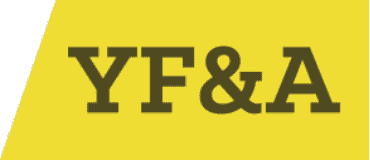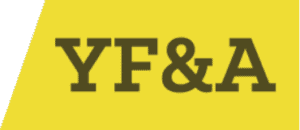A “Pump Bump” is a term used to describe a bone spur on the back of your heel also known as Haglund’s deformity. The “bump” is due to a bony enlargement or prominence felt on the back of the calcaneus or heel bone. This prominence is located on the posterior superior lateral (top and outside of the back of the heel bone) of the calcaneus very near to the Achilles tendon or heel cord insertion, which can cause pain and rubbing. This often leads to painful bursitis, a fluid-filled sac between the tendon and bone that becomes inflamed.
It was coined “pump bump” due to the belief that women’s pump-style high heels were a leading factor in the growth of the bone. Later, studies have shown that shoes are a contributing factor, but heels are not solely to blame.

FAQs
Does a Pump Bump Go Away?
The soft tissues around the bump that sometimes become swollen can go down, but unfortunately, the bone spur never goes away unless surgery is performed. Calming bursitis can make the area feel less painful and swollen, but the bone may continue to be a painful pressure point in particular shoes. Wearing supportive and accommodative shoes can also help prevent future flare-ups of bursitis due to impingement; however, surgery is the definitive process of removing the bony prominence or protrusion.
How do You Treat a Pump Bump?
The non-surgical approach is aimed at reducing swelling and bursitis around the bone spur. These conservative methods can resolve the inflammation causing the pain; as mentioned previously, they will not decrease the bony protrusion. Here at Yeargain Foot & Ankle, we’ve come up with several techniques and protocols to address the inflammation upon your first visit, including the use of a topical CBD sports cream. Of course, the severity of the pain always plays a factor but starting with non-surgical treatment involving stretching, icing, NSAIDS, heel lifts, heel cushions, custom orthotics, and more is where we like to start the treatment. Physical therapy is also an excellent modality to help reduce the pain and help prevent future flare-ups.
If non-surgical treatment is attempted for a few months with little to no relief, surgery may be required to address the bony prominence. A surgical intervention plan will be formulated based on the condition’s duration, foot structure, and severity.
Surgery for pump bumps typically consists of temporarily removing the achilles tendon from it’s attachment at the back of the heel bone, shaving down the bone spur and bony prominence, then re-attaching the achilles tendon back to the heel bone using absorbable bone anchors.
Sometimes an achilles tendon lengthening will be performed at the same time to prevent a recurrence of the pump bump over time.
What Causes a Pump Bump?
Heredity tends to play a factor to some extent, as in bunions and foot structure types. For example, if you inherited a foot structure with a high arch, a tight Achilles tendon, and tend to walk on the outside of the heel, you’re more prone to developing this condition. Your shoes can also create pressure that aggravates the enlargement when walking, such as dress shoes, skates, or any shoes with a rigid back.
A supportive shoe recommendation list will be provided upon your first visit to help prevent flare-ups with your shoes. This is a significant first step in taking control of a factor causing your pain.
Inflammation around this area is typically related to tightness in your calf muscles and heel cord or achilles. Stretching this area is an important step in nonsurgical treatment of pump bumps.
What is the Medical Term for Pump Bump?
The medical term is called a retrocalcaneal exostosis which means bone spur on the back of the heel, also known as Haglund’s deformity, which is diagnosed clinically and seen on x-rays by an enlargement of bone on the back of the heel bone.

